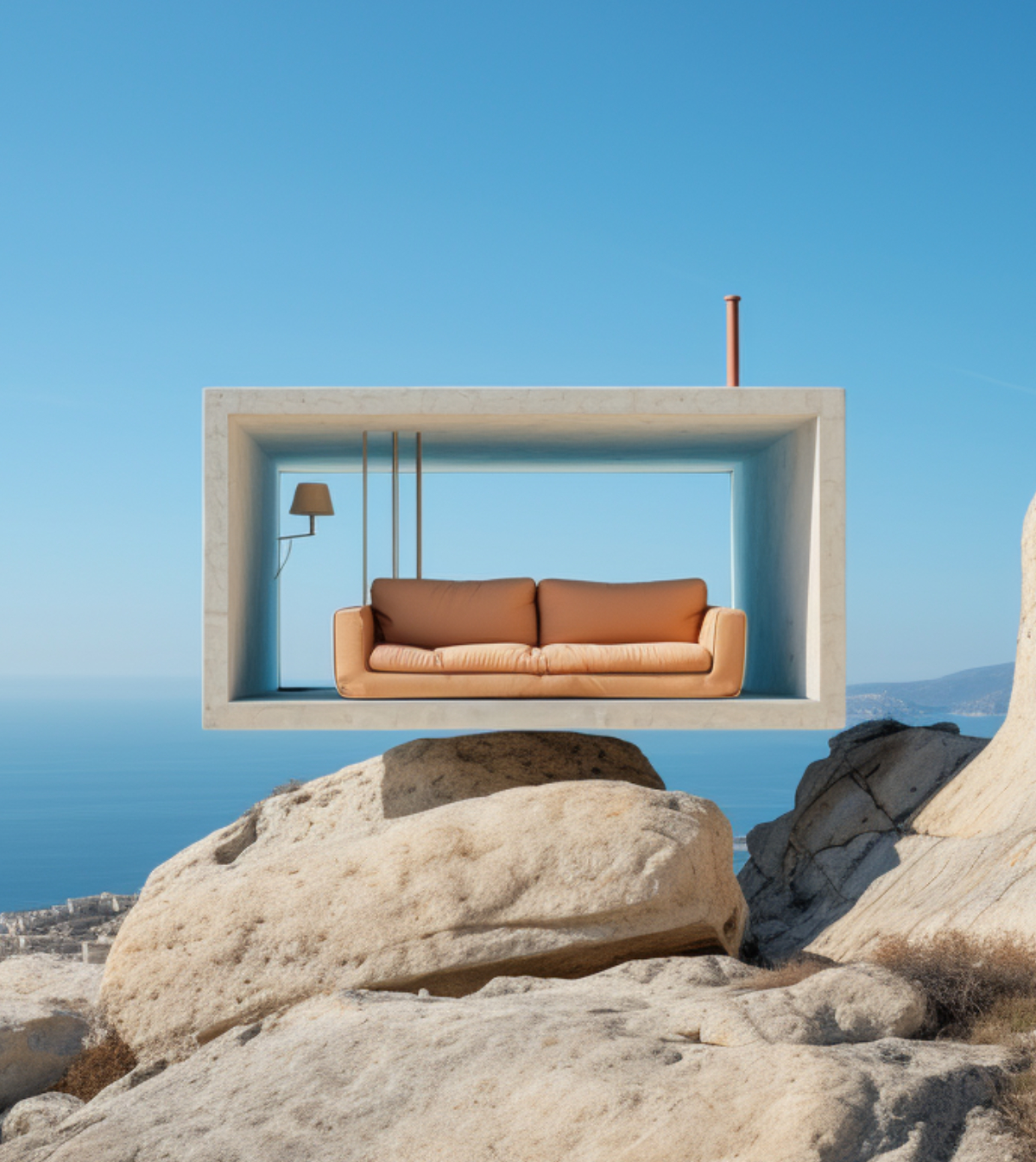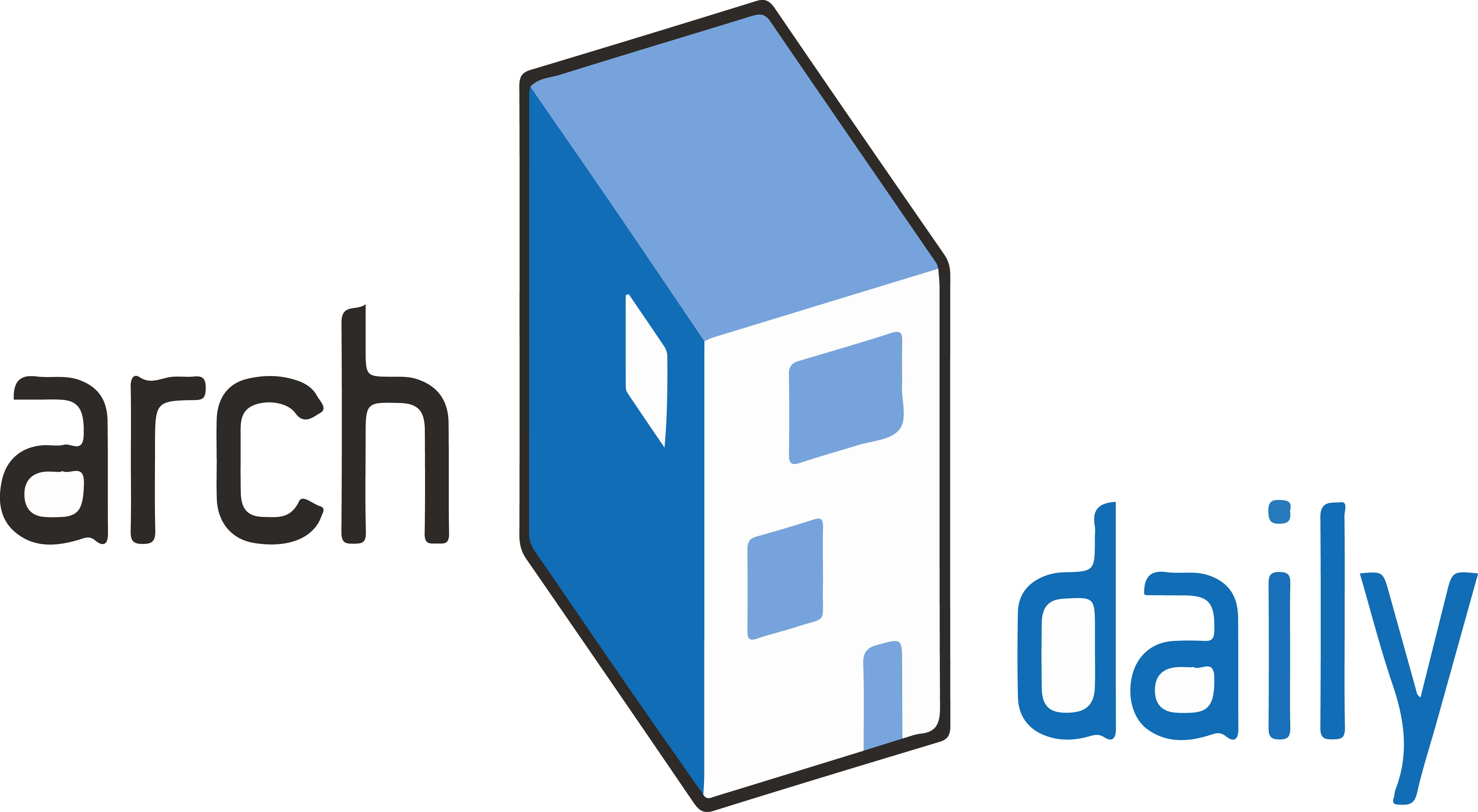Buildner architecture competition organisers, in partnership with ARCHHIVE Books, would like to present a preview article from an upcoming print publication “What is Affordable Housing”? This time we would like to introduce you to LafargeHolcim’s products and research.
LafargeHolcim is the world’s largest manufacturer of cement. After the company was formed by the 2015 merger of Switzerland-based Holcim with France-based Lafarge, it positioned itself as one of the leading contributors to addressing the challenges of affordable housing, sprawl, and transport, that come with urbanization. LafargeHolcim’s Affordable Housing division is active in 25 countries, supplying products and solutions for the construction, renovation and extension of affordable houses. It estimates to have impacted 440,000 people in 2015 and aims to increase that number to 25 million by 2030.
We connected with François Perrot, who leads Affordable Housing, Growth & Innovation for LafargeHolcim. Perrot develops the affordable housing business, implements new business models, and targets low-income customers’ needs.

© Lafarge Holcim
ARCHHIVE: When did LafargeHolcim first become involved in affordable housing initiatives?
François Perrot: LafargeHolcim has been involved in Affordable housing for a quite a big number of years, the two legacy companies Holcim and Lafarge had had experiences on this topic, and the merger allowed combining innovations in the approach and technologies. The group is now active on affordable housing in almost 20 countries from Latin America to Africa (ex. Nigeria, Malawi, Kenya) to Asia Pacific (ex. Indonesia, India). In 2017, we helped 1 million people access decent and affordable housing through our commercial offers in all those countries.
What role do LafargeHolcim's products play in affordable housing?
We have built a comprehensive offer for affordable housing which builds around four core elements. The first one is about microfinancing solutions, that are adapted to housing needs and provided through microfinance bank partners. There are indeed a lot of microfinance projects throughout the world but very few of them are dedicated to housing needs. The second aspect is technical support: in some countries such as Indonesia or Nigeria we have dedicated teams supporting individual home builders and contractors to optimize the cost and increase the quality of their construction projects. The third pillar is about new building solutions. In Africa for example we have introduced a new type of brick, called Durabric, which is a way to build more ecofriendly and more affordable houses. The fourth pillar of our approach is about distribution solution, with the objective of making those products and services available close to where low to middle income people live. In India, we have built a network of 40 centers located in semi-rural areas which produces affordable and green bricks and blocks.

The Durabric is an earth brick that does not require firing thanks to its cement content and specific mix design © Lafarge Holcim
What role does the LafargeHolcim Research Center play in optimizing construction systems for housing?
The role of our R&D facility, which is the largest in the construction industry, is central. Thanks to our experts we are able to invent or identify new construction technologies that help control the cost of construction without compromising quality and aesthetic. Their expertise is also extremely important to make sure those technologies can be industrialized. A good example is our innovation Durabric, which is an earth brick that does not require firing thanks to its cement content and specific mix design, developed in LafargeHolcim's R&D center. Compared to traditional burnt clay bricks, it reduces the heavy wood consumption needed to fire the clay. Durabric also offers better resistance to water, higher strength blocks, lower carbon emissions and a superior aesthetic finish; all using local materials.
In which countries does LafargeHolcim focus its efforts for collective social housing?Does it have goals for expanding to other countries?
We focus on countries where LafargeHolcim has commercial and operational activities, though we remain open to partnering with construction companies in other countries. To accelerate the penetration of our solutions both in the countries where we are, and also more globally, we have launched our own company dedicated to that acceleration, called 14Trees. This company, which is a joint venture with the development finance institution CDC group, has started operations in Malawi, where it produces Durabric on a large scale and even delivers turnkey houses in partnership with affiliated contractors. Through this company we have been able to make Durabric the reference ecofriendly brick on the Malawi market.

The Durabric is produced on a large scale in Africa, offering turnkey houses in partnership with affiliated contractors © Lafarge Holcim
How does LafargeHolcim engage with architects and designers in its affordable housing solutions? What sort of increased engagement do you see for architects in this sector of your company in the future?
The role of architects and designers is central. New construction technologies that can make projects more affordable and more ecofriendly are available, but they need to be used and specified by architects and designers. This is why we developed a collaborative space called Affordable Housing Hub where architects and designers can find applicable solutions and also get in touch with us to work on their specific projects. ●

LafargeHolcim Logo, www.lafargeholcim.com (twitter @LafargeHolcim)
François Perrot is Head of Affordable Housing, Growth & Innovation for LafargeHolcim. Perrot develops the affordable housing business, implements new business models, and targets low-income customers’ needs wherever they live, from slums to new cities.
ARCHHIVE BOOKS
ARCHHIVE is an annual print publication expanding on the ideas presented in Buildner’ online architectural design competitions. Buildner architecture competition organisers is a generator of new ideas, conceived by a worldwide think tank, for tackling challenging design issues. It often works with civic, industry, or government partners to initiate its competitions, some of which are conceptual while others are intended to be built.
Each issue of ARCHHIVE will bring together architects with startups, entrepreneurs, developers, and problem-solving organizations which tackle these same global issues, often in ways other than building. ARCHHIVE merges the wealth of Buildner’ novel architectural design proposals, with complementary ideas in entrepreneurship, policy, and technology.
Top 3 Reasons Why You Should Enter Architecture Competitions
Curious about the value of architecture competitions? Discover the transformative power they can have on your career - from igniting creativity and turning designs into reality, to gaining international recognition.
Learn more























